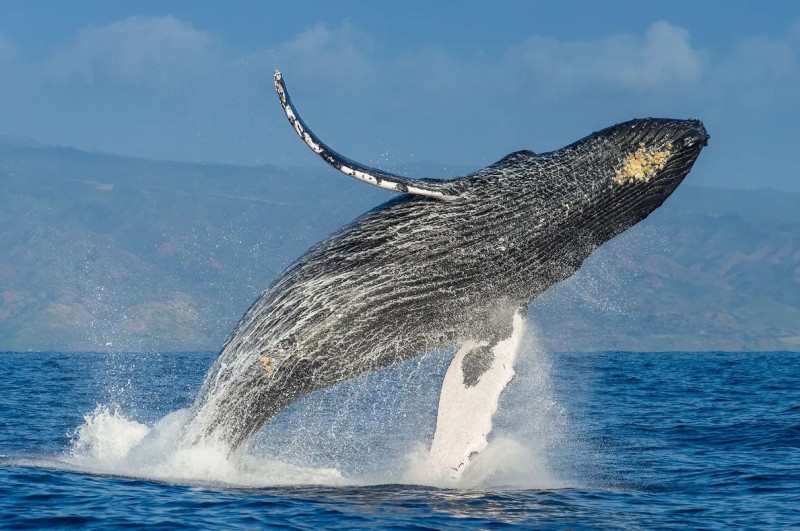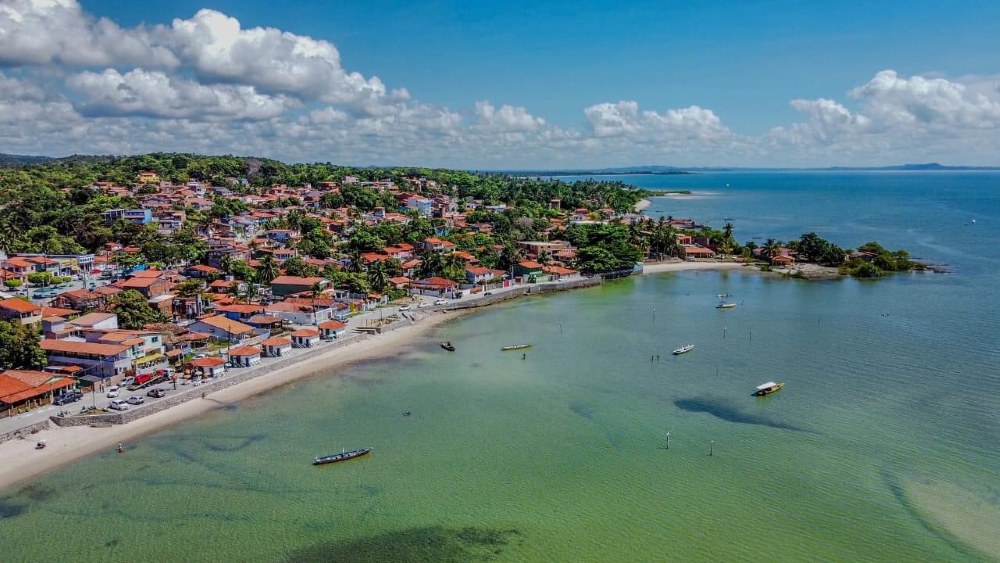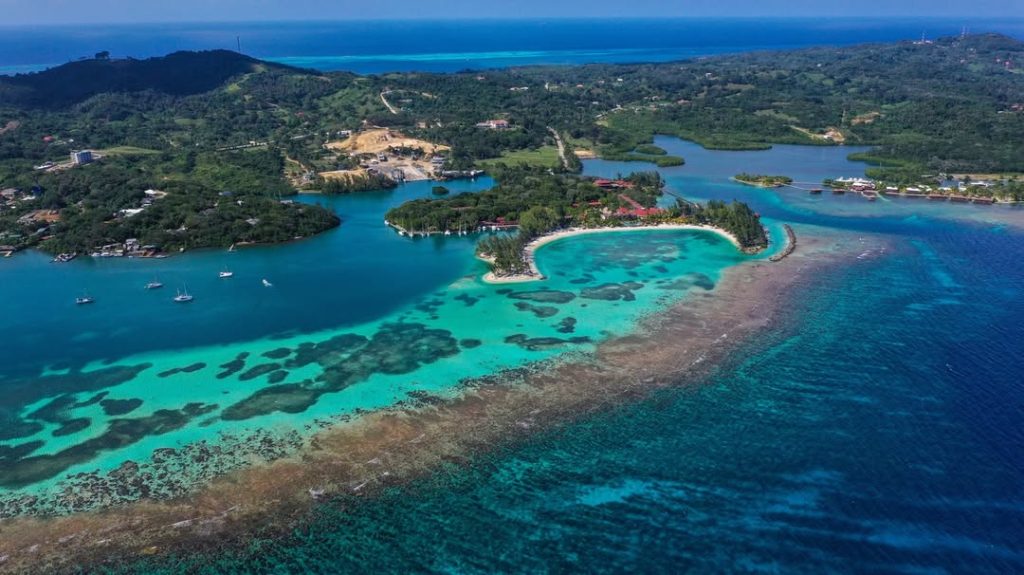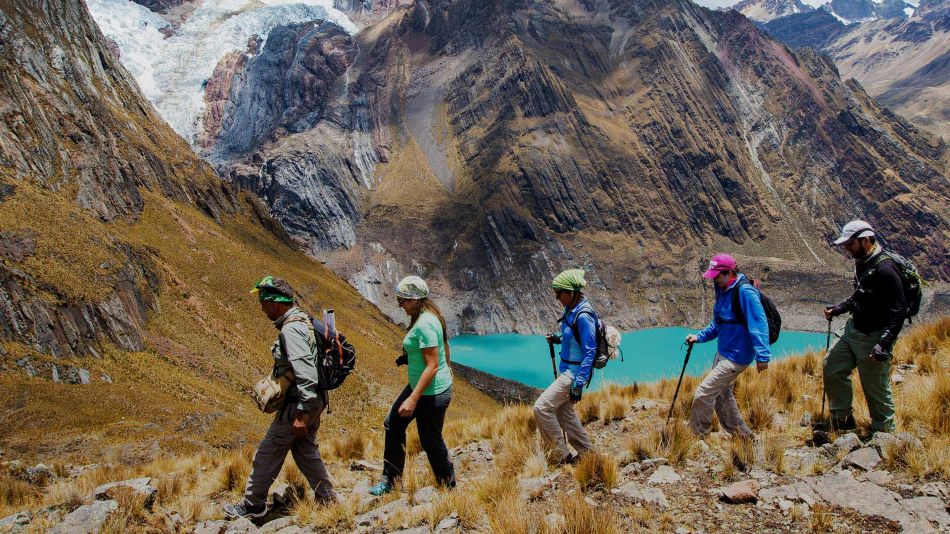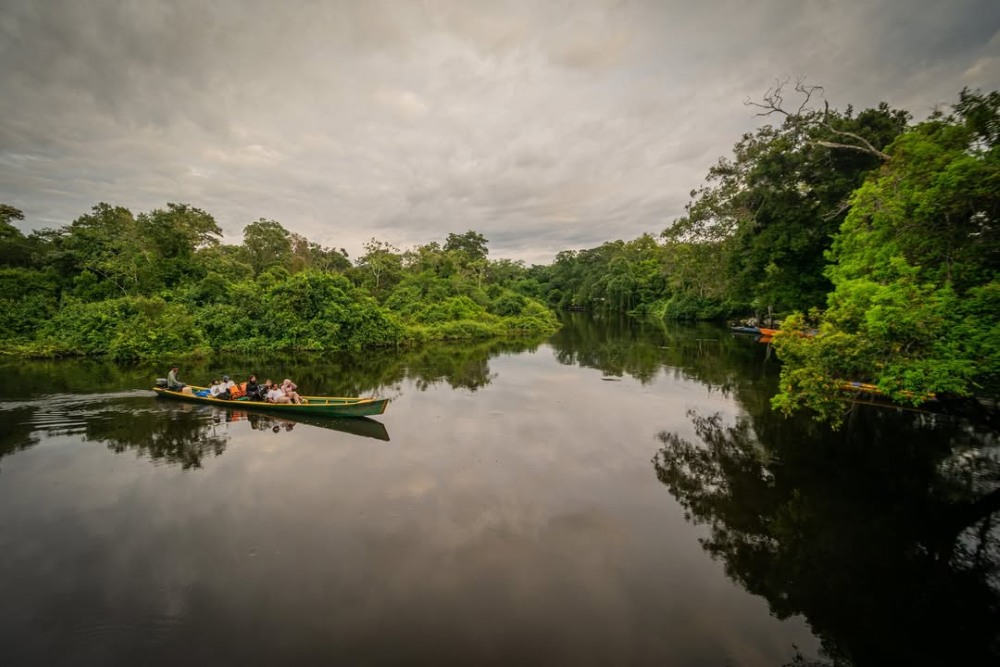This week marks the official beginning of one of the most anticipated natural events of the year: the whale watching season. From mid-January until the end of March, locals and travelers will have the chance to witness how the waters of Samana Bay in the northeastern Dominican Republic and its surroundings come alive, as between 1,500 and 2,000 of these majestic cetaceans arrive in the warm waters of the Caribbean to breed and give birth to their calves.
A Unique Natural Show
Humpback whales, known for their impressive leaps out of the water, travel thousands of kilometers from their feeding grounds in the North Atlantic, in areas such as Greenland, Iceland, and Canada, to the tropical waters of the Dominican Republic. This annual migratory journey, which can span more than 5,000 kilometers, is critical to the survival of the calves, which are born in warm waters because they do not have enough fat to withstand the cold ocean temperatures.
The whale watching season in the Dominican Republic offers a unique opportunity to witness a breathtaking display of nature. Although the whales start arriving in the area as early as November, it is between January and March when tourists can enjoy the best views of this phenomenon.
Responsible and Sustainable Tourism
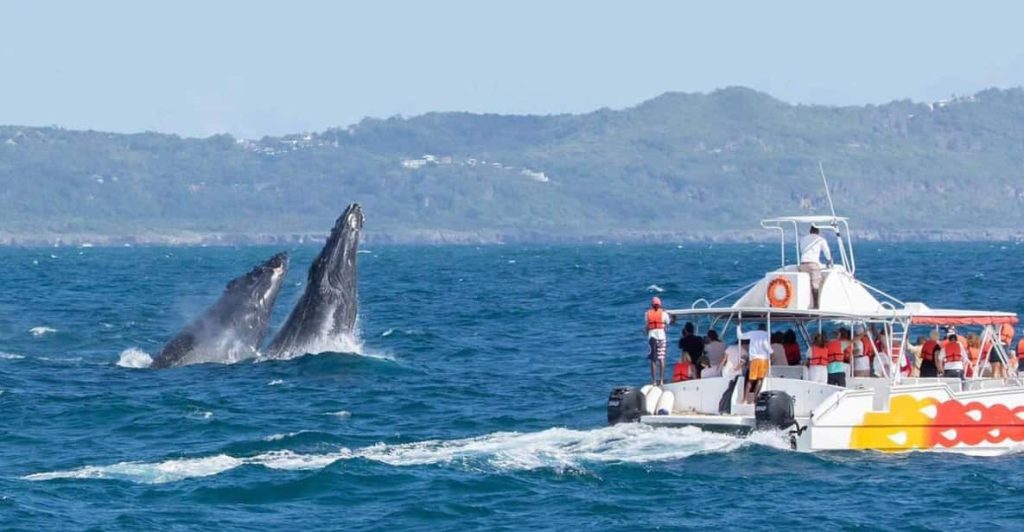
Dominican Republic authorities have implemented strict conservation measures to protect the whales and their habitat. The activity is conducted under a firm protocol that ensures vessels do not interfere with the migration or behavior of the cetaceans. Therefore, only boats authorized by the environmental authorities may operate within the Banco de La Plata and Navidad Marine Mammal Sanctuary, where the whales gather to breed and care for their calves.
Additionally, responsible tourism plays a fundamental role, as the authorities promote ecotourism as a tool for conservation. The income generated by whale watching contributes to the protection of these species and their natural environment.
Economic and Cultural Impact
The whale watching season is not only one of the country’s major tourist attractions, but also has a direct impact on the local economy. According to figures from the Ministry of Environment, in the first quarter of 2024, more than 61,000 people visited Samaná to watch the whales, of which 66% were international tourists. This flow of visitors boosts the region’s economy, generates employment, and promotes greater interest in biodiversity conservation.
Our article: Growth in Tourism in the Dominican Republic, A Confirmed Success Story
A Vital Sanctuary for Humpback Whales
The sanctuary on the north coast of the Dominican Republic is one of the main breeding grounds for humpback whales in the world, making this area a key player in international efforts to protect the species. It is estimated that around 80% of the North Atlantic humpback whale population has been born in these waters, which further underscores the importance of conserving and caring for this ecosystem.
The whale watching season, which begins this January 15, not only offers a unique experience for nature lovers but also promises to be a success once again, both in terms of observation and conservation. After all, it is an opportunity for tourists to experience up close the magical journey of the “queens of the Atlantic.”
Photos: Ralph Lee Hopkins, National Geographic Creative / D.R.

